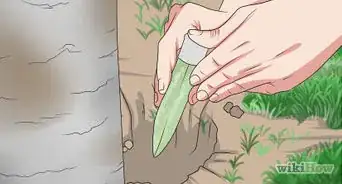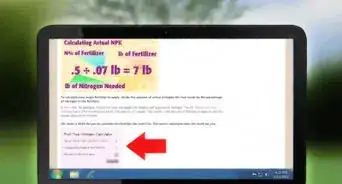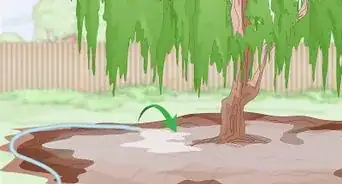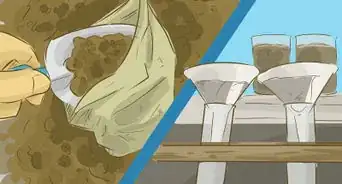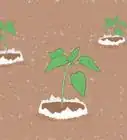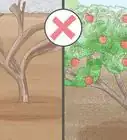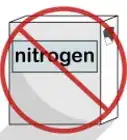This article was co-authored by Lauren Kurtz. Lauren Kurtz is a Naturalist and Horticultural Specialist. Lauren has worked for Aurora, Colorado managing the Water-Wise Garden at Aurora Municipal Center for the Water Conservation Department. She earned a BA in Environmental and Sustainability Studies from Western Michigan University in 2014.
wikiHow marks an article as reader-approved once it receives enough positive feedback. In this case, 90% of readers who voted found the article helpful, earning it our reader-approved status.
This article has been viewed 68,278 times.
Plants need a mixture of nitrogen (N), phosphorus (P), potassium (K), and other micronutrients in order to grow healthy and lush.[1] Many of these nutrients are naturally present in soil, but over years of planting new flowers, grass or vegetables each spring, they get depleted and need to be replaced. Feed your plants with manufactured or natural fertilizers, and familiarize yourself with the best times to feed your plants.
Steps
Using Manufactured Fertilizers
-
1Feed grass and gardens with granular fertilizer. Fertilizer that comes in granular form is easy to sprinkle around the lawn and garden. Since you don't have to work it directly into the soil, it has to be reapplied every few months. To help the fertilizer last longer, use a garden rake to sift it into the soil in your garden beds.
- Commercial fertilizers are labeled with an N-P-K ratio noting the level of each substance they contain. If you're just fertilizing grass, choose a fertilizer that is particularly high in nitrogen, since that's the nutrient that helps plants grow lush and green. If you're fertilizing flowering plants or bulbs, choose a fertilizer high in phosphorus, since it helps flowers bloom.[2]
- For a vibrant lawn, use granular fertilizer just after planting new grass seed. You can sprinkle it by hand or use a dispensing tool to spread it evenly across your yard.
- Controlled release granular fertilizer can be useful if you have a large lawn that you don't want to worry about fertilizing more than about twice a year. The granules are designed to release fertilizer slowly and gradually.
-
2Use liquid fertilizer for potted plants. Fertilizers that come in spray or pour bottles are convenient for all potted plants. Pour or inject the recommended amount around the roots of the plants. The plants will absorb it immediately and you should see the results within a few days.
- Too much liquid fertilizer can be harmful to plants, so don't use more than the amount recommended on the bottle.
Feeding Plants with Organic Matter
-
1Use manure, bat guano, or poultry waste. Cow manure has long been one of the most popular ways to fertilize plants. You can also buy boxes of bat guano, which contains nitrogen, phosphorus, and potassium, at many nursery and farm supply stores. Poultry waste is also a popular choice among farmers and gardeners. Sprinkle the substance around the roots of the plants you want to feed.
- Manure or animal waste in its fresh, raw form can be hazardous. Only use manure that has been aged, composted, or broken down into a safer and more usable fertilizer.
-
2Use bone or blood meal. These substances, made from the ground bones and blood of animals, contain high amounts of nutritious nitrogen and phosphorus. They are available from farm supply stores and nurseries in bags or boxes. Sprinkle meal around the roots of your plants.[3]
- You can fertilize plants as you're planting them by sprinkling bone or blood meal into the holes you dig during planting time.
- Try mixing bone or blood meal into your vegetable planting bed before planting seeds or seedlings, then adding more to the topsoil after everything is in the ground.[4]
- Most farmers and gardeners find that using an animal-based substance provides the best nutrition for plants, but if you're squeamish about using bone or blood meal, you could also try cottonseed meal.
-
3Nourish the soil with compost. Working compost into your garden bed or potting soil goes a long way toward keeping the plants fed and healthy over time. It's still a good idea to fertilize them from time to time, but the nutrients contained in compost provide a good foundation for healthy plants.
- You can make your own compost by collecting vegetable peelings and other food scraps in a compost bin. Compost bins need regular maintenance and upkeep over several seasons before they become productive.[5]
- Compost is also available for sale at nurseries.
Knowing When to Feed Plants
-
1Feed plants when you plant them. Any time you're planting a new garden bed or even potting a houseplant, it's a good idea to fertilize it to give it a head start. Work compost into the soil, sprinkle bone meal into the holes you dig, or scatter granular fertilizer over newly tilled ground.[6]
- Remember that nitrogen helps stems and leaves grow strong, phosphorus fosters a healthy root system, and potassium gives plants a healthy shape with beautiful blossoms. Each type of plant has different needs, so conduct research or ask an expert at your local nursery if you're not sure exactly what to feed your plants.
-
2Offer food every few months. Try not to wait until a problem crops up before feeding your plants. Keep track of when they were last fertilized and plan on feeding them again every few months during the growing season.
-
3Give food to your plants when they look distressed. If your plants have yellow or brown spots, limp leaves, or other problems, they are likely to be undernourished. You can buy fertilizer sprays that are intended to help immediately revive plants that are in distress.
Expert Q&A
-
QuestionWhat should I feed a wax flower plant?
 Lauren KurtzLauren Kurtz is a Naturalist and Horticultural Specialist. Lauren has worked for Aurora, Colorado managing the Water-Wise Garden at Aurora Municipal Center for the Water Conservation Department. She earned a BA in Environmental and Sustainability Studies from Western Michigan University in 2014.
Lauren KurtzLauren Kurtz is a Naturalist and Horticultural Specialist. Lauren has worked for Aurora, Colorado managing the Water-Wise Garden at Aurora Municipal Center for the Water Conservation Department. She earned a BA in Environmental and Sustainability Studies from Western Michigan University in 2014.
Professional Gardener Feed your wax flower plant with a balanced liquid fertilizer once per month during the growing season.
Feed your wax flower plant with a balanced liquid fertilizer once per month during the growing season. -
QuestionHow can I get worms to come to my garden without having to buy them?
 Lauren KurtzLauren Kurtz is a Naturalist and Horticultural Specialist. Lauren has worked for Aurora, Colorado managing the Water-Wise Garden at Aurora Municipal Center for the Water Conservation Department. She earned a BA in Environmental and Sustainability Studies from Western Michigan University in 2014.
Lauren KurtzLauren Kurtz is a Naturalist and Horticultural Specialist. Lauren has worked for Aurora, Colorado managing the Water-Wise Garden at Aurora Municipal Center for the Water Conservation Department. She earned a BA in Environmental and Sustainability Studies from Western Michigan University in 2014.
Professional Gardener Amend your soil with compost for several seasons to see an increase in worms and microbial life.
Amend your soil with compost for several seasons to see an increase in worms and microbial life. -
QuestionHow do I water plants?
 Community AnswerWater them slowly and as often as they need. You can look up your specific plant to find out the care instructions for it.
Community AnswerWater them slowly and as often as they need. You can look up your specific plant to find out the care instructions for it.
References
- ↑ https://www.dpi.nsw.gov.au/agriculture/soils/improvement/plant-nutrients
- ↑ http://www.sunset.com/garden/garden-basics/how-to-feed-plants-00400000015707/
- ↑ http://www.sunset.com/garden/garden-basics/how-to-feed-plants-00400000015707/
- ↑ https://pallensmith.com/2016/06/29/bone-meal-vs-blood-meal-whats-difference/
- ↑ https://www.youtube.com/watch?v=VT0u5qy5bLY
- ↑ http://www.sunset.com/garden/garden-basics/how-to-feed-plants-00400000015707/
About This Article
To feed potted plants, try giving them liquid fertilizer according to the instructions on the product's packaging. If you need to feed the grass on your lawn, sprinkle a granular fertilizer over the area every few months. You can also use manure, bone, or blood meal if you prefer to use organic fertilizer. Feed your plants when you plant them and then provide an application of fertilizer every few months or whenever the plants start looking distressed! For tips on how to administer the different types of fertilizer, read on!
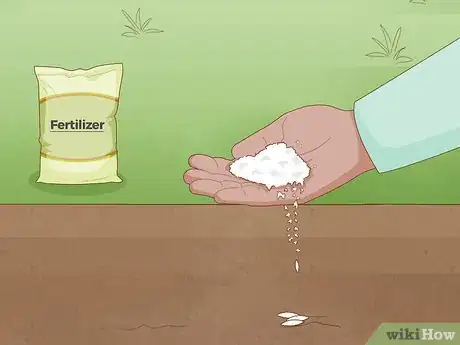
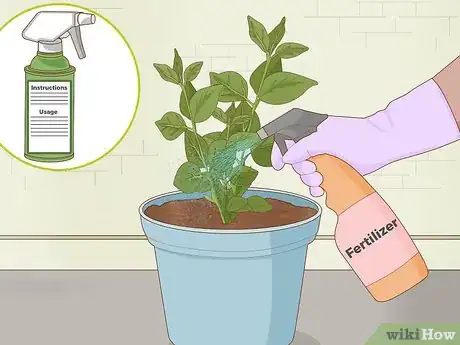
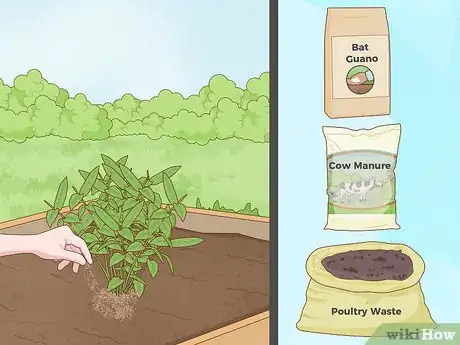
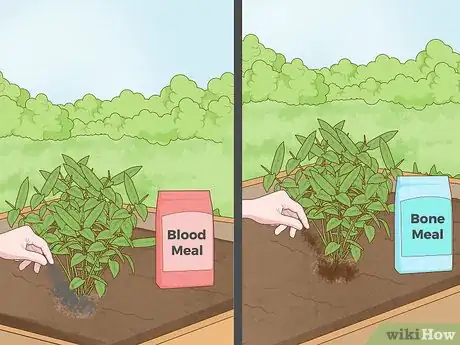
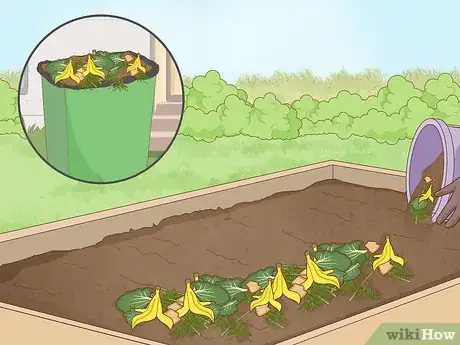

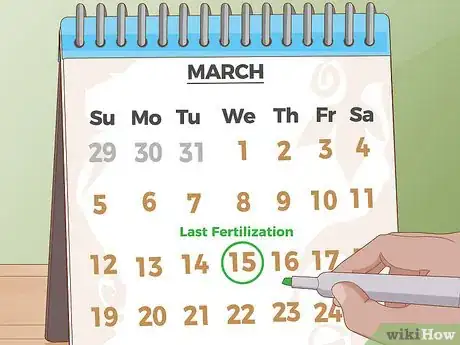
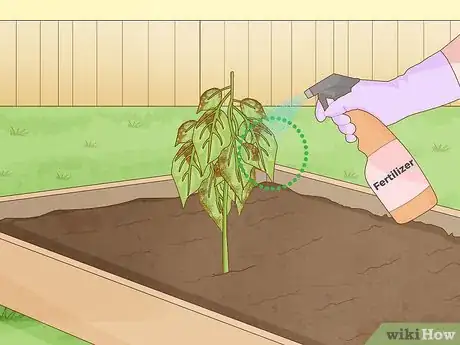
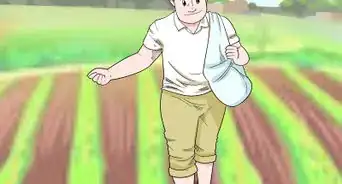
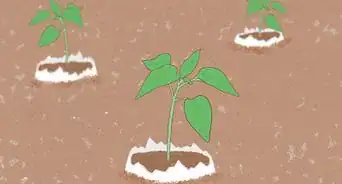
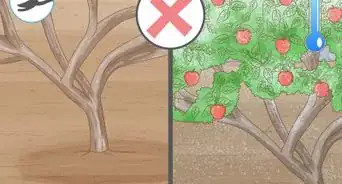
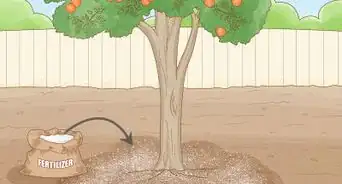
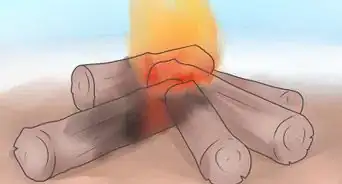
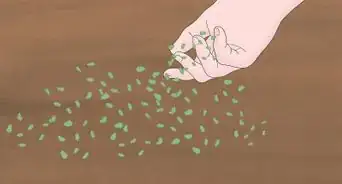
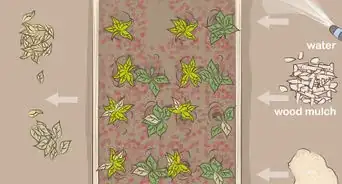
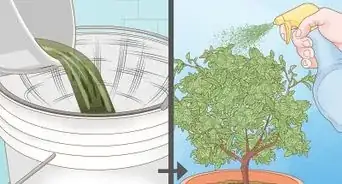
-Step-10-Version-3.webp)
